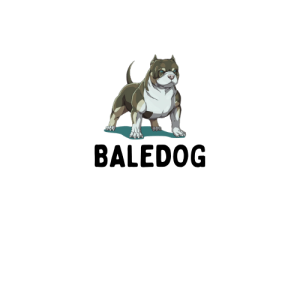
Key Takeaways:
Imagine a place where cats outnumber humans six to one, where feline friends roam freely and rule the streets. This isn’t a fantasy – it’s the reality on Aoshima Island, off the coast of Ehime Prefecture in Japan. But this cat lover’s dream destination is facing an uncertain future, as the delicate balance between its human and feline inhabitants teeters on the edge.
The Rise of Japan’s Feline Island

Aoshima, affectionately dubbed “Cat Island,” has long been a beacon for cat enthusiasts and curious travelers alike. Its popularity soared in recent years, drawing visitors from across the globe to witness the spectacle of hundreds of cats living in apparent harmony with a dwindling human population.
The island’s feline takeover wasn’t planned. Originally brought to combat a mouse problem on fishing boats, the cats multiplied over decades, eventually outnumbering the human residents. As younger generations moved to mainland cities for work and education, the island’s elderly population found themselves sharing their home with an ever-growing clowder of cats.
A Delicate Ecosystem Under Pressure

While the cats of Aoshima have become a tourist attraction, the reality behind this feline paradise is complex. The island’s ecosystem is fragile, with limited resources to support both its human and animal inhabitants. The aging population struggles to care for the burgeoning cat community, relying heavily on donations and volunteer efforts to provide food and basic veterinary care.
The influx of tourists, while bringing attention and some economic benefits, has also strained the island’s infrastructure. With only a handful of residents remaining, most over 65 years old, the task of maintaining the island and managing the cat population has become increasingly challenging.
Challenges Facing Aoshima’s Feline Community

Overpopulation and Health Concerns

The rapid growth of Aoshima’s cat population has led to concerns about their health and wellbeing. Overpopulation can lead to malnutrition, the spread of diseases, and inbreeding. While efforts to spay and neuter the cats have been made, the sheer number of felines makes it a daunting task.
Limited Resources and Care

The island’s elderly human residents, though devoted to their feline neighbors, are limited in their ability to provide comprehensive care. Food supplies often rely on donations from mainland Japan and visiting tourists. Veterinary care is sporadic, with volunteer organizations occasionally visiting to provide check-ups and treatments.
Environmental Impact

The large cat population has had a significant impact on the island’s ecosystem. Local bird populations have declined, and there are concerns about the effects on other wildlife. Balancing the cats’ presence with environmental conservation has become a pressing issue for those invested in the island’s future.
Efforts to Preserve Aoshima’s Unique Character

Volunteer Initiatives and Donations
Animal welfare organizations and cat lovers from around the world have taken notice of Aoshima’s situation. Volunteer groups organize regular visits to the island, bringing supplies, offering veterinary services, and implementing spay and neuter programs. Online fundraising campaigns have also helped to support the cats and the island’s residents.
Sustainable Tourism Proposals
Recognizing the delicate balance between tourism and preservation, there have been discussions about implementing more structured and sustainable tourism practices. Ideas include limiting daily visitor numbers, introducing guided tours, and creating educational programs about responsible pet ownership and ecosystem management.
The Uncertain Future of Japan’s Cat Island
As Aoshima’s human population continues to age and decline, questions arise about the long-term viability of this unique community. Will the island become a dedicated cat sanctuary, managed by outside organizations? Or will it face a gradual decline, with both its human and feline populations dwindling over time?
The challenges facing Aoshima are emblematic of broader issues in Japan, including rural depopulation and an aging society. The fate of this feline haven may serve as a case study for how communities can adapt to changing demographics while preserving their unique cultural and natural heritage.
Potential Solutions and Ongoing Debates
Discussions about Aoshima’s future have sparked debates among animal welfare advocates, environmentalists, and those concerned with preserving Japan’s rural communities. Proposed solutions range from increased government support to transforming the island into a managed wildlife preserve. Each option comes with its own set of challenges and ethical considerations.
Conclusion
Aoshima Island stands at a crossroads, its future as uncertain as it is intriguing. This feline paradise, born from an unusual set of circumstances, now faces the challenge of sustainability in a changing world. As efforts continue to support both the cats and the remaining human residents, Aoshima serves as a poignant reminder of the complexities involved in balancing human habitation, animal welfare, and environmental conservation.
The story of Japan’s Cat Island is far from over. Its fate will likely be determined by a combination of local efforts, government policies, and the continued interest and support of cat lovers worldwide. Whatever the outcome, Aoshima’s legacy as a unique experiment in human-animal coexistence will undoubtedly leave a lasting impression on all who have witnessed its feline-dominated landscape.
Frequently Asked Questions
Source: baledog.com

